Table of contents
- The History of Manuka Honey: What It Is and How It Helps
- The Science of Manuka Honey: Its Unique Properties
- UMF: Measuring Manuka Honey’s Potency
- A Spoonful of Manuka: Your Skincare Cheerleader
- Manuka in Action: The Sweet Secret in Your Creams and Masks
- Radiate Beauty with the Power of Honey
- Wrapping It Up!
Get ready to dive into the world of Manuka Honey and all its skin-nourishing delights! You might have used honey in your tea or drizzled it over pancakes, but let’s chat about how this sticky treasure can be your skin’s BFF.
While using organic, local honey for skin can be healing on many levels, studies and experts alike say that nothing compares to a special kind of bee product called manuka honey. The list of benefits and uses of manuka honey for skin is legendary, ranging from moisturizing troubled skin to smoothing out wrinkles.
The History of Manuka Honey: What It Is and How It Helps
Honey’s been a beauty staple since, well, forever, but Manuka honey? It’s like the queen bee of skincare! Harvested from the Manuka bush in the lush, unspoiled wilds of New Zealand and Australia, this is the honey of legends.

Honey has been used for centuries as a tonic. And since at least the late 19th century, it has been used as a natural antibacterial, anti-inflammatory, and pain reliever.
Of course, all honey differs significantly in potency and nutritional content as well as in terms of flavor, texture, and consistency. Differences depend on a whole host of factors, including which vegetation bees pollinate, which type of bees do the pollinating, the geographical region and climate, and more.
Melaleuca vs Manuka
Manuka honey comes from New Zealand and Australia and is harvested from bees that pollinate the manuka bush. Some people call this bush “tea tree,” which can lead to some confusion.
The “manuka tea tree” is different than the tea tree that is commonly known in the West for producing tea tree essential oil. There are some similarities between the two, however. Tea tree essential oil comes from the Melaleuca alternifolia plant and is native to Australia’s northeast coast. It is used in aromatherapy and as a powerful antifungal.
Manuka honey shouldn’t be confused with the tea tree you might know that gives us that zesty essential oil. Nope! It’s a unique busy bee that comes from the Leptospermum scoparium plant. With a history steeped in traditional Maori uses, it’s no surprise that Manuka is all sorts of amazing.
Some experts say that in this form it is more powerful as an antifungal than even the melaleuca tea tree. Manuka essential oil has also been used by the Maori people for centuries for migraines, to balance mood, for insect bites, and to soothe aching muscles and joints.
The Science of Manuka Honey: Its Unique Properties
Sure, all honeys have their share of benefits, but Manuka’s like the superhero of honeys, with extra powers. Think of it as the VIP at the health club, with a badge that reads UMF: Unique Manuka Factor. This nifty tag tells you you’re getting the good stuff – full of enzymes and phenols that pack a punch against bacteria.
Besides containing all the beneficial phytonutrients, vitamins, and minerals that regular organic honey has, manuka also contains some components that set it apart from the others. Most honey has antibacterial properties. Manuka, however, is said to be the most potent honey in this regard. There are a few reasons for this
It is the presence of natural hydrogen peroxide which gives many varieties of honey their general natural antibacterial properties. Manuka contains specific enzymes that help to boost hydrogen peroxide levels as well as levels of two other phenols, methylglyoxal (a derivative of pyruvic acid) and the saccharide dihydroxyacetone.
Researchers at the University of Waikato in New Zealand have done a lot to help us understand the unique properties of manuka and its powerful effects for health. Due in part to their investigations, there is now a specific way to measure the potency of each manuka batch.
UMF: Measuring Manuka Honey’s Potency
The “Unique Manuka Factor” or UMF, is based on levels of methylglyoxal, dihydroxyacetone, and hydrogen peroxide within a honey as well as other substances that are unique to manuka, such as Leptosperin.
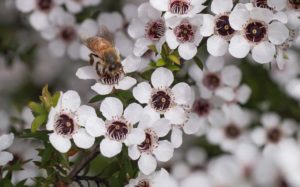
Not all manuka flowers will produce honey that contains these powerful healing substances in significant quantities. Those that do not will have a UMF level of 0 to 4 and can be sold as a consumable. UMF levels of 4 through 14 will have some general health and anti-bacterial benefits associated with them that will become stronger as the number goes up.
Manuka honey varieties with a level 15 and above are considered very therapeutic. Most experts suggest that a person taking manuka honey of 15+ take no more than one tablespoon at a time to reap the most benefits.
By the way, another way to “grade” manuka for its beneficial effects is a “KFactor.” This was created by New Zealand honey processor and manufacturer Wedderspoon. KFactors go up just as UMF numbers do. For example, a KFactor of 22 means that the variety is made up of 90% manuka pollen grains.
Why is there so much fuss regarding manuka purity? Manuka is known as the world’s most expensive honey and having strict guidelines ensures potency and purity and helps to alleviate knock-off or counterfeit brands. This is important because for years individuals have used manuka honey for specific conditions, as we shall see.
A Spoonful of Manuka: Your Skincare Cheerleader
Whether you struggle with pesky skin annoyances like eczema or acne, or just want to keep your skin looking as dewy as a dawn petal, Manuka’s your go-to honey. It’s basically a hug in a jar for your skin, quenching dryness, smoothing wrinkles, and waving goodbye to irritations.
So, why stop at adding it to your pantry? Make Manuka a staple in your skincare routine!
One of the most well-known benefits of manuka is skin health. Again, this is due in large part to the anti-bacterial characteristics of high-UMF honey.
According to a 2016 study published in the Central Asian Journal of Global Health [5], manuka can provide significant relief for individuals who suffer from:
- Eczema
- Acne
- Milia
- Dermatitis
- Ringworm
- Burns
- Lacerations and other wounds
Manuka in Action: The Sweet Secret in Your Creams and Masks
From luxurious lotions to pampering face masks, high-quality Manuka honey is taking the skincare world by storm. It’s all about that glow, and Manuka works overtime to bring moisture to your skin and run a healing boot camp for your cells.
It is also especially prevalent in high-quality face and eye creams and there is a good reason for this. Manuka honey can be extremely moisturizing because its chemical properties help to draw moisture to your face. In addition, it contains vitamins A, B, C, D, E, and K as well as heavy-duty antioxidants, beta-carotene, and enzymes.
Manuka works with the skin’s healing mechanisms to repair cells in all skin types. This can provide welcome relief from dry, chapped skin, can help to smooth out wrinkles, and even help prevent premature aging.
Radiate Beauty with the Power of Honey
Ready to let your natural beauty shine? Manuka hungrily drinks in the goodness of its native lands to deliver a powerhouse of skin-loving niceties. Smooth it on and bask in the sweet aroma, all while it works its magic to calm, repair, and beautify your lovely face.
Did I catch your attention with all this talk of Manuka magic? Check this – Manuka honey is a star ingredient in AnnieMak Skincare Renew Eye Cream! 👀 It’s packed with the good stuff to brighten those dark circles and smooth away the years.
Snag a jar and let your skin indulge in the pure, natural goodness of Manuka honey. Your skin will thank you, and you’ll be all the buzz!
Wrapping It Up!
The Manuka Magic Summary
- Manuka honey is the skincare superstar from Down Under.
- It’s got a UMF rating that tells you it’s genuinely going to pamper your skin.
- Not just any honey, it’s like the gold standard for antibacterial treats for your skin.
- It’s a precious ingredient in top-notch skincare, including that fabulous eye cream from AnnieMak.
🍯 So, what are you waiting for? Let Manuka honey sweep you off your feet!

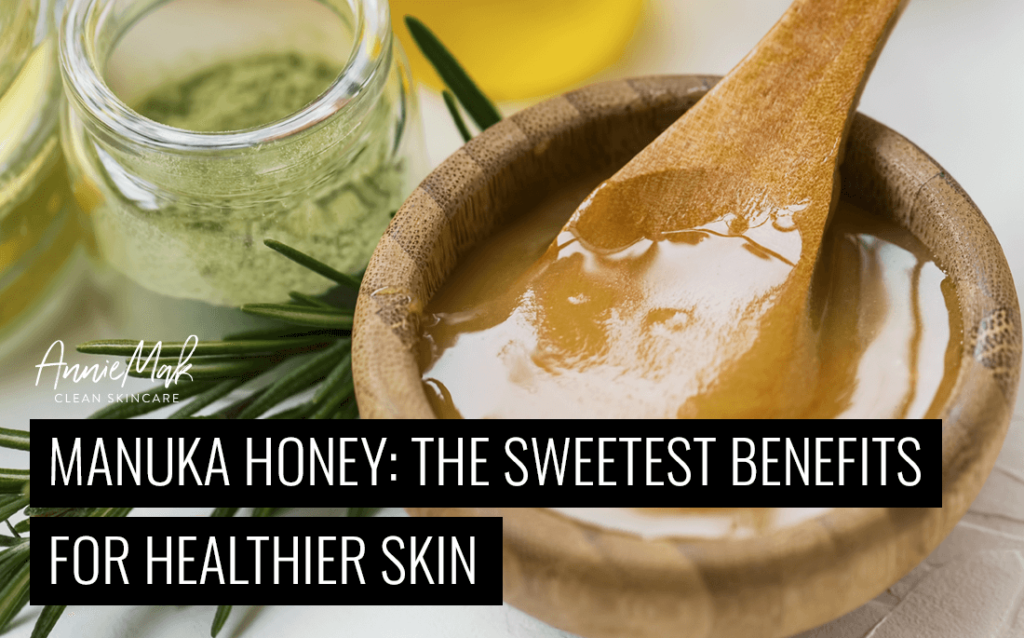



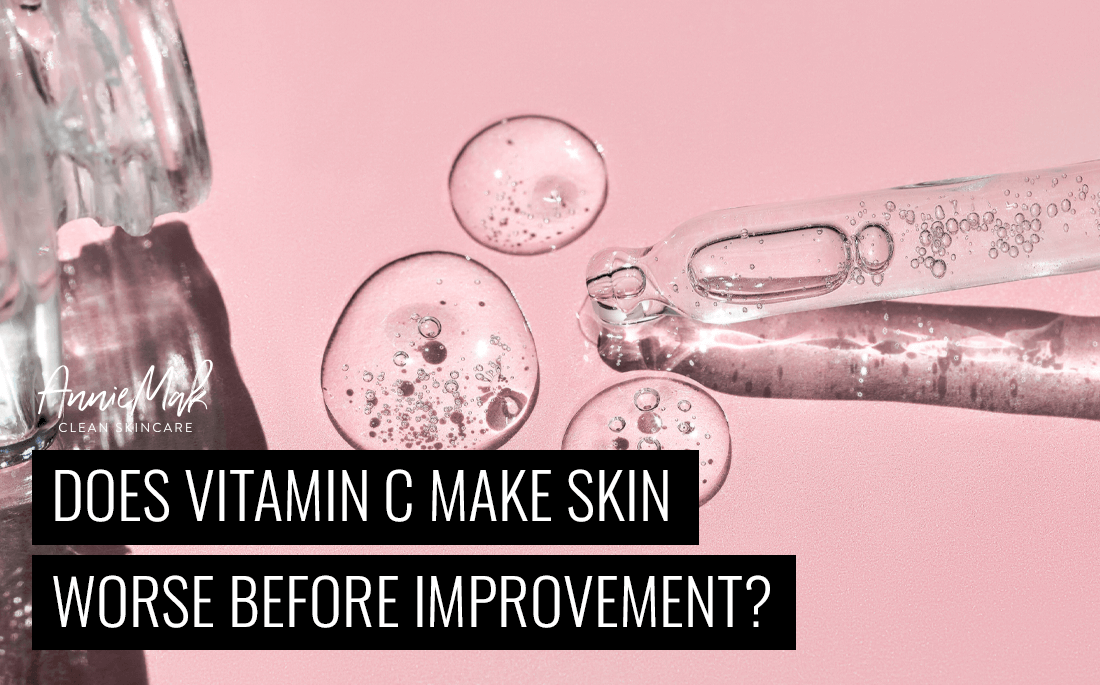
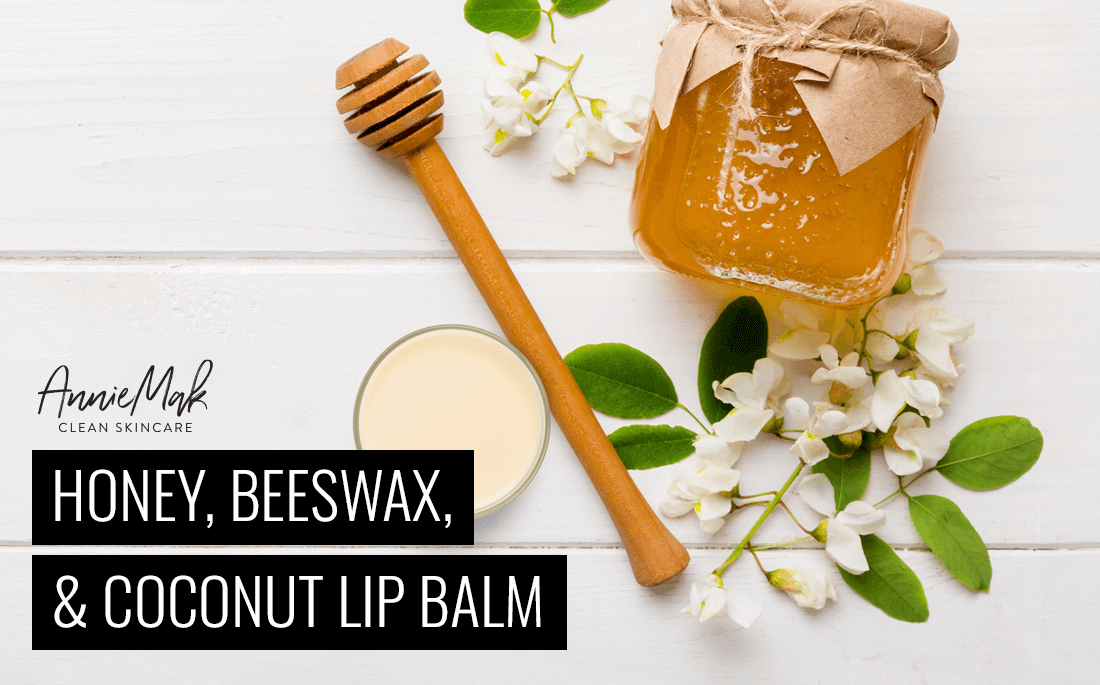
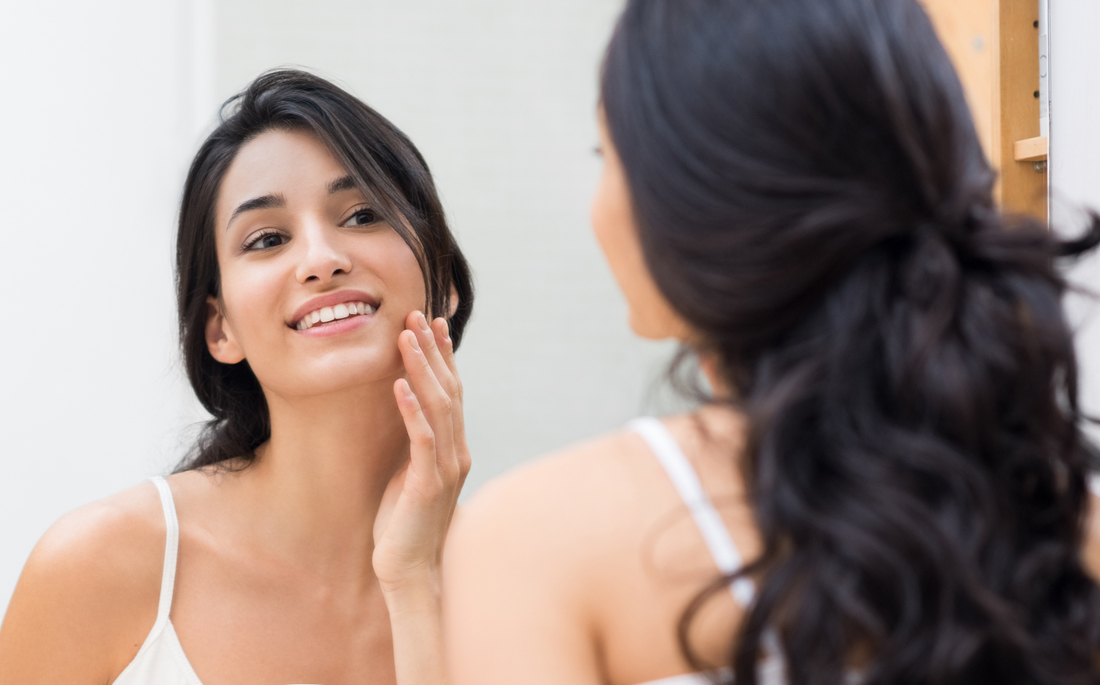
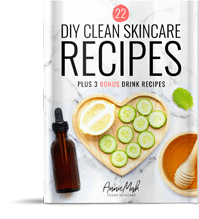
Leave a Reply